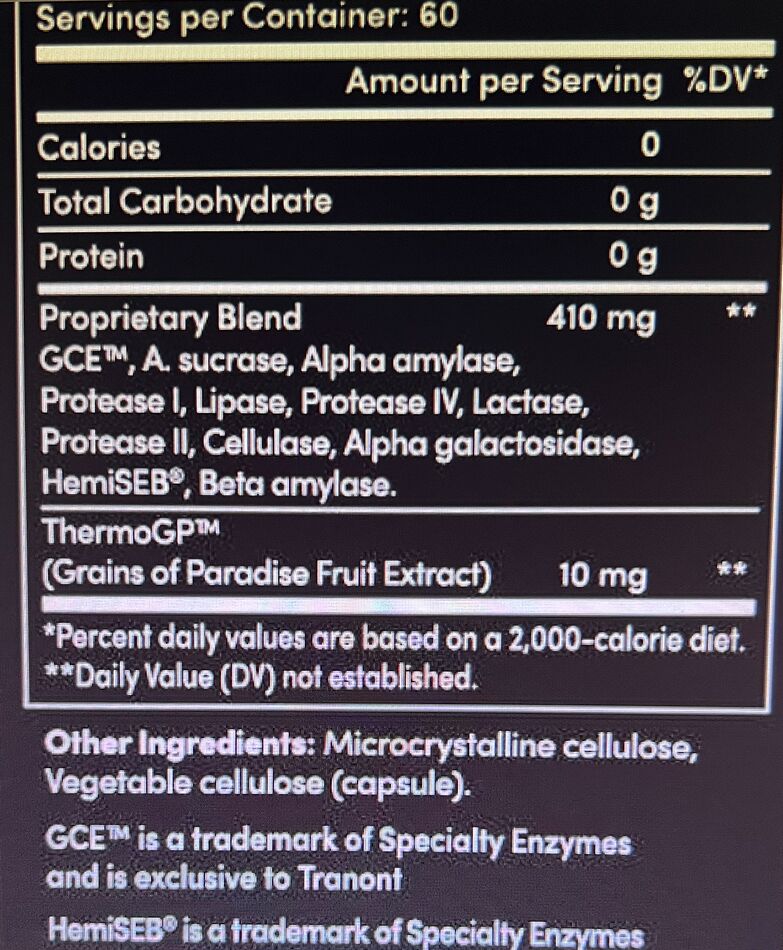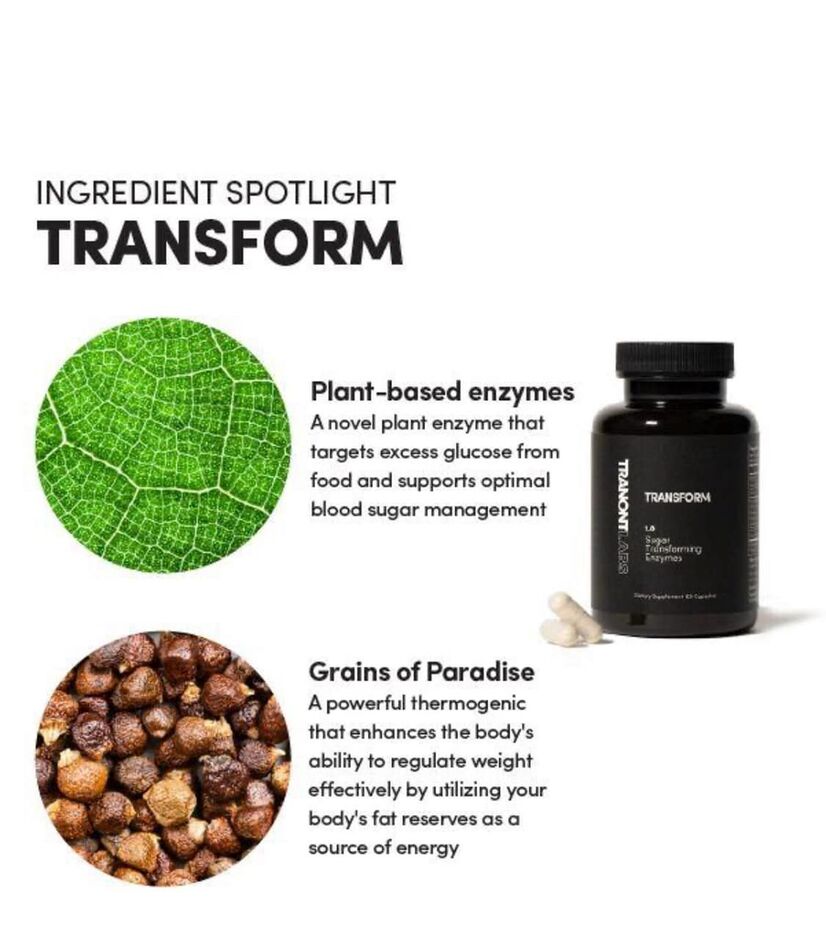Any Doctors, Pharmacists, or Dieticians On the UHH?
Oct 7, 2023 12:01:14 #
I'm looking for an opinion on this Food Supplement a friend of mine is selling. I say if it sounds too good to be true........ Attached you will see some info, the actual label on the bottle. I would appreciate any opinion from the medical professionals. I'm especially interested in the claim of controlling blood sugar.
Oct 7, 2023 12:54:26 #
Oct 7, 2023 13:21:56 #
Oct 7, 2023 13:24:17 #
GEngel-usmc
Loc: Spencerport NY - I miss Lakeland, FL
1 - What is the name of the company he’s selling for?
2 - Sounds like an Amway, etc. company. Offered you an opportunity? Been there already.
3 - Beware of ‘friends’ selling you stuff. Real friends don’t.
4 - Ask your Dr about medical issues, not Friends!
2 - Sounds like an Amway, etc. company. Offered you an opportunity? Been there already.
3 - Beware of ‘friends’ selling you stuff. Real friends don’t.
4 - Ask your Dr about medical issues, not Friends!
Oct 7, 2023 13:41:32 #
GEngel-usmc wrote:
1 - What is the name of the company he’s selling for?
2 - Sounds like an Amway, etc. company. Offered you an opportunity? Been there already.
3 - Beware of ‘friends’ selling you stuff. Real friends don’t.
4 - Ask your Dr about medical issues, not Friends!
2 - Sounds like an Amway, etc. company. Offered you an opportunity? Been there already.
3 - Beware of ‘friends’ selling you stuff. Real friends don’t.
4 - Ask your Dr about medical issues, not Friends!
Thanks for responding. It is a MLM company but I'm not asking opinions on that. I just want feedback on that particular product being sold.
Oct 7, 2023 13:53:11 #
trinhqthuan
Loc: gaithersburg
Fstop12 wrote:
I'm looking for an opinion on this Food Supplement a friend of mine is selling. I say if it sounds too good to be true........ Attached you will see some info, the actual label on the bottle. I would appreciate any opinion from the medical professionals. I'm especially interested in the claim of controlling blood sugar.
The section, Proprietary Blend, listing are all enzymes. Enzymes are protein. Is there any research on GCE in regard to blood sugar published in peer review journals?
Google search enzymes to see if any of those can lower blood sugar, how stable they are in room temperature, their activity by oral route....
You will find the answer.
Oct 7, 2023 14:29:08 #
trinhqthuan wrote:
The section, Proprietary Blend, listing are all enzymes. Enzymes are protein. Is there any research on GCE in regard to blood sugar published in peer review journals?
Google search enzymes to see if any of those can lower blood sugar, how stable they are in room temperature, their activity by oral route....
You will find the answer.
Google search enzymes to see if any of those can lower blood sugar, how stable they are in room temperature, their activity by oral route....
You will find the answer.
I haven’t found any clinical studies done on humans, just one being done on mice. https://foodinstitute.com/focus/harvard-study-enzyme-can-turn-sugar-to-fiber/
Oct 7, 2023 14:39:16 #
Oct 7, 2023 20:51:06 #
What the posters above said. The list is of a bunch of enzymes. One can tell as their names end in "-ase". Enzymes are proteins and most are broken down in the stomach so I think very little would get into the small intestine where they might act to break down sugars before they are absorbed. Well, maybe they'd work in the stomach a little bit before they are broken down. Maybe. But so what?
Enzymes are very specific about what they digest, and none of the enzymes listed even break down glucose! Some break down more complex sugars into glucose, even. The two forms of amylase might do that since amylases break down starch into glucose molecules, but they don't break down glucose.
Enzymes are very specific about what they digest, and none of the enzymes listed even break down glucose! Some break down more complex sugars into glucose, even. The two forms of amylase might do that since amylases break down starch into glucose molecules, but they don't break down glucose.
Oct 8, 2023 05:42:13 #
Mark Sturtevant wrote:
What the posters above said. The list is of a bunc... (show quote)
Thanks for commenting.
Oct 8, 2023 06:22:46 #
I'm not a DR or anything close to it. I am a diabetic ! I was on Metformin for years until lately Approx 7 months. I am now on Trulicity ! It not only has helped my blood sugar numbers but I have also went from 223# down to 178 #. I feel great & I just turned 78 !
Oct 8, 2023 07:12:57 #
go2hale wrote:
I'm not a DR or anything close to it. I am a diabetic ! I was on Metformin for years until lately Approx 7 months. I am now on Trulicity ! It not only has helped my blood sugar numbers but I have also went from 223# down to 178 #. I feel great & I just turned 78 !
Thanks for commenting and I'm glad you are doing better. I was looking for some feedback on the Food Supplement "Transform". My friend is touting it as the next best thing to sliced bread. I'm thinking it's all marketing hype.
Oct 8, 2023 09:10:30 #
trinhqthuan
Loc: gaithersburg
Fstop12 wrote:
I haven’t found any clinical studies done on humans, just one being done on mice. https://foodinstitute.com/focus/harvard-study-enzyme-can-turn-sugar-to-fiber/
Assume that GCETM listed on the bottle is actually GCE ( Green Coffee Extract). GCETM plus all other enzymes are only 410 mg per container of 60 capsules. It does not list how much actually GCETM is among those 410 mg.
Excerpt from one publication.
"overall results demonstrated that GCE administration did not result in any significant alteration in insulin levels (WMD: −0.925 μU/ml, 95% CI:−1.915, 0.064), with significant heterogeneity found across studies (I2 = 87.9%). The results of present study support the use of GCE for the enhancement of blood glucose, while subgroup analysis highlighted significant improvements in insulin levels when GCE is supplemented in doses ≥400 mg/day."
COFFEE | Analysis of Coffee Products
L.C. Trugo, in Encyclopedia of Food Sciences and Nutrition (Second Edition), 2003
Chlorogenic Acids
Chlorogenic acid is a trivial name used to define the major phenolic components found in coffee. This name originates from early observations that green coffee extracts produced a green color after addition of a solution of ferric chloride. In fact, chlorogenic acids present in coffee are mainly esters of quinic acid with caffeic, ferulic, or coumaric acids. Significant amounts of three isomers (in positions 3, 4, and 5 of quinic acid) of each of these groups of caffeoylquinic, di-caffeoylquinic, and feruloylquinic acids are usually found in green and processed coffees. They are not resistant to heat and are degraded during roasting, contributing to the aroma fraction. Consequently, their levels in the coffee beverage are dependent on the roasting degree, with less than 10% of the original green coffee content found in very dark roasted coffees (Table 3).
Table 3. Content of chlorogenic acid groups in green, roasted, and instant coffees
Chlorogenic acid Green Arabica Medium Arabica Green Robusta MediumRobusta Instant coffee (average of 13 samples)
CQA 5.8 2.0 6.8 1.8 4.3
diCQA 0.9 0.2 1.4 0.1 0.4
FQA 0.3 0.1 0.6 0.2 1.1
Total 7.0 2.3 8.8 2.1 5.8
Results expressed in g% dry basis.
CQA, caffeoylquinic acid; diCQA, di-caffeoylquinic acid; FQA, feruloylquinic acid.
Adapted from Trugo LC (1984) PhD thesis. University of Reading, UK.
Suggestion:
Buy decaf instant coffee
Read more before buying the bottle
Oct 8, 2023 09:29:50 #
Oct 8, 2023 09:46:52 #
trinhqthuan wrote:
Assume that GCETM listed on the bottle is actually... (show quote)
Thank you for taking the time to respond in detail. Since the FDA Food Supplement requirements for product labeling require a product label to list the ingredients in descending order of predominance by weight, with the ingredients used in the greatest amount first, followed by those in smaller amounts. The label must list the names of any FDA-certified color additives (for example, FD&C Blue No.Jul 6, 2023, I'm thinking this is mostly Green Coffee Extract. Am I thinking wrong?
If you want to reply, then register here. Registration is free and your account is created instantly, so you can post right away.







